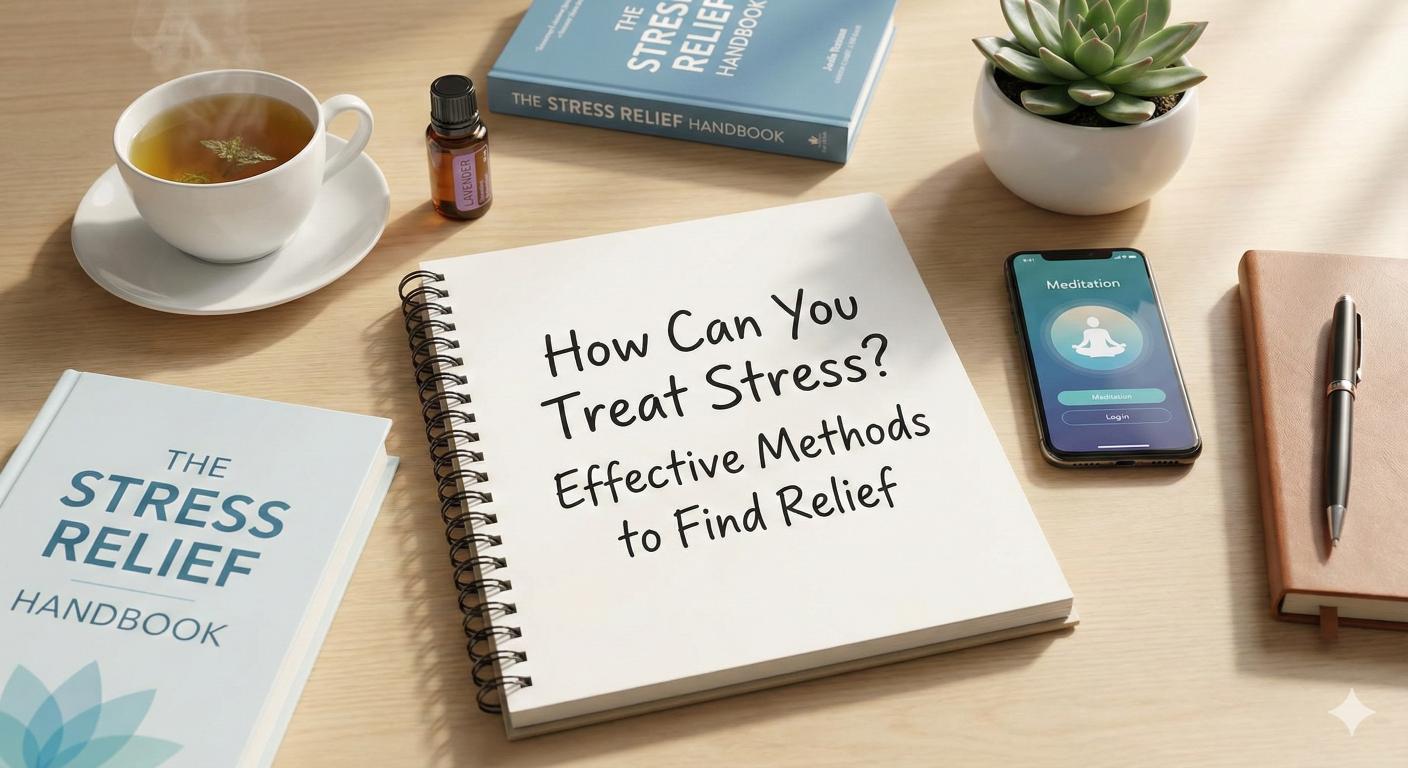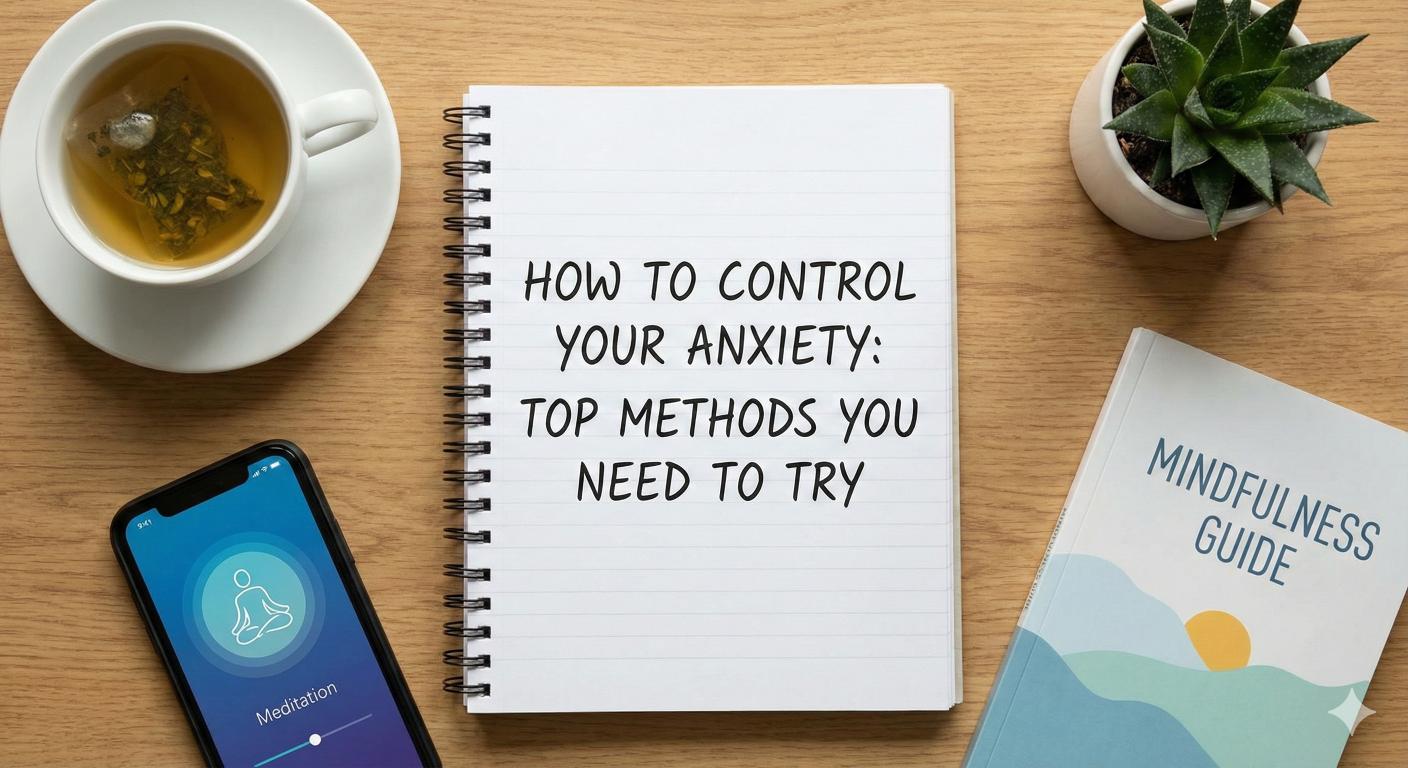Empowering Trauma Recovery through Creative Expression
Discover trauma recovery through creative expression, empowering healing via art, music, and movement.


Creative Expression in Trauma Recovery
Creative expression plays a significant role in trauma recovery. Engaging with various forms of art can facilitate healing by promoting emotional expression, reducing stress, and enhancing self-awareness.
Benefits of Art in Healing
Artistic activities offer numerous benefits for individuals healing from trauma. Engaging in visual arts, such as painting, drawing, or sculpture, allows individuals to express experiences that are challenging to articulate verbally. This externalization of emotions creates a tangible representation of one's inner world. Artistic expression can result in the release of pent-up feelings and foster a positive impact on mental health, including reduced stress and improved well-being.
Here’s a summary of the key benefits of art in healing:
BenefitDescriptionReduces StressArtistic activities decrease stress levels, leading to improved mental health.Enhances Self-AwarenessArt encourages reflection and insight into personal experiences.Promotes Well-BeingEngaging in creative expression fosters a sense of emotional peace and well-being.Facilitates Emotional ExpressionArt enables individuals to express complex feelings and core experiences.
Music further complements the healing journey. Activities like playing instruments, singing, or simply listening to music can aid individuals in connecting with their emotions and releasing tension. Music is recognized as a powerful healing tool that promotes emotional regulation and self-expression, facilitating deeper connections with oneself and others [1].
Power of Writing in Processing Trauma
Writing is another effective avenue for processing trauma. Engaging in journaling, storytelling, or poetry allows individuals to reflect on their experiences, gain insights into personal narratives, and derive meaning from the challenges they have faced. The act of writing can be incredibly liberating, as it provides a safe space to explore difficult feelings and thoughts.
Some significant benefits of writing in trauma recovery include:
Writing BenefitDescriptionEncourages ReflectionWriting fosters deep contemplation of experiences, promoting understanding.Creates MeaningIt helps individuals create a narrative around their trauma, contributing to healing.Offers a Safe SpaceWriting provides a confidential outlet for expressing emotions and thoughts.Enhances Emotional RegulationWriting serves as a tool for managing emotions and reducing anxiety.
Through these creative expressions, individuals can navigate their trauma healing journey, finding empowerment and new perspectives along the way. For further exploration of healing methods, consider the role of mindfulness in trauma healing and how to effectively address trauma in relationships.

Healing Through Music and Dance
Music and dance serve as powerful tools in the recovery process for individuals dealing with trauma. Through these forms of expression, individuals can connect with their emotions and reclaim their sense of empowerment.
Emotional Connection with Music
Music, whether through playing instruments, singing, or listening, has the ability to foster an emotional connection that can be instrumental in the healing process. It provides a medium for individuals to express their feelings, release tension, and cultivate a sense of peace. According to Trauma Counseling, music therapy promotes emotional regulation, self-expression, and connection.
The impact of music on emotional well-being can be summarized as follows:
AspectBenefitEmotional RegulationHelps individuals manage and express their feelingsSelf-ExpressionProvides a channel for thoughts and feelings not easily communicated verballyConnectionFosters relationships through shared musical experiences
Engaging in music therapy can enhance the overall trauma recovery experience, making it easier for individuals to navigate complex emotions and regain control over their lives.
Empowerment Through Movement
Dance and movement are also essential components of the trauma recovery journey. These activities help individuals embody and release emotions, connecting the mind and body in a harmonious flow. The act of moving encourages the expression and processing of trauma, enabling the release of stagnant energy and fostering a sense of empowerment. According to Trauma Counseling Center of Los Angeles, this form of creative expression allows individuals to reclaim their bodies and lives.
The benefits of movement in trauma recovery can be outlined as follows:
BenefitDescriptionExpression of EmotionsProvides a physical outlet for feelings that may feel overwhelmingProcessing TraumaFacilitates the integration of traumatic experiences into one’s life narrativeEmpowermentInstills confidence and control as individuals express themselves through movement
Utilizing both music and dance, individuals can explore their trauma in a safe environment, engage in self-discovery, and work towards personal growth and resilience. Creative expression through these mediums not only supports recovery but also nurtures a renewed sense of identity and purpose. For more insights on creative expression in trauma recovery, visit our section on role of mindfulness in trauma healing.

The Role of Art Therapy
Art therapy plays a significant role in trauma recovery, providing individuals with creative avenues to express and process their experiences. This therapeutic approach fosters healing by allowing individuals to engage with their trauma in a non-threatening manner.
Reclaiming Autonomy Through Art
Trauma can often strip individuals of their sense of control, leaving them feeling helpless. Art therapy offers an opportunity to reclaim that autonomy by enabling individuals to make choices about how they represent their experiences. Through various artistic expressions, they can regain a sense of empowerment over their narratives [2].
Different art therapy practitioners structure their sessions in unique ways, typically allowing clients to use their preferred artistic mediums, such as colored pencils, paints, or collage materials. This personal choice encourages a deeper connection to the art-making process and enhances feelings of ownership.
Structure and Meaning in Trauma Memories
Traumatic memories can often be fragmented and difficult to confront. Art therapy provides a means to sort through these memories, helping individuals to give them structure and meaning. By engaging in creative expression, clients can revisit traumatic events in a less direct way, making the process of examining their memories less overwhelming [2].
Clients typically create artwork, followed by guided discussions with their therapists regarding what emerged during the artistic process. This approach allows individuals to share or address their experiences in a safer context than traditional verbal recounting [3]. Additionally, for trauma survivors, particularly those with repressed memories or difficulty recalling traumatic events, art therapy can assist in piecing together lost memories and promoting healing and trust.
Art therapy, as a recognized form of therapy, creates a supportive environment for individuals to explore trauma through various artistic mediums. Collaborating with a trained art therapist offers guidance, insight, and tools for healing, addressing both emotional and cognitive aspects of trauma recovery [1]. Through these processes, individuals can find clarity and closure, significantly contributing to their journey of trauma recovery through creative expression.

Therapeutic Approaches in Art
Creative expression serves as a powerful tool in trauma recovery. This section focuses on two therapeutic approaches: visual journaling for expression and promoting self-achievement.
Visual Journaling for Expression
Visual journaling combines elements of art therapy with traditional journaling, providing a non-linear, non-verbal way for individuals to engage with their inner world. Through colors, symbols, and sketches, individuals can articulate emotions and experiences that may be difficult to express verbally.
This method allows for exploration of trauma in a safe and personal environment. Instead of relying solely on words, clients can use various artistic mediums to depict their feelings and thoughts, facilitating deeper exploration and understanding of their experiences. Visual journaling often includes expressive writing, drawings, sketches, and collages, making it a versatile approach to healing.
Key Elements of Visual JournalingDescriptionNon-Verbal ExpressionUses colors, symbols, and visuals to convey emotions.Personal ExplorationEncourages individual responses to experiences.Creative FreedomAllows participants to choose preferred mediums.
Promoting Self-Achievement
Art therapy promotes self-achievement by allowing individuals to set and meet personal goals through creative expression. Art provides a platform for self-reflection, helping people acknowledge their strengths and progress. As clients engage with their artistic medium, they may discover newfound abilities, which can boost self-esteem and encourage a sense of accomplishment.
During sessions, clients may share their artwork with therapists or peers, fostering dialogue that can lead to insights about their healing journey. This sharing aspect increases accountability and reinforces positive developments. Many practitioners structure their sessions to encourage clients to explore and express through their chosen mediums, allowing them to take ownership of their healing process.
Artistic endeavors help individuals focus not only on the traumatic experiences but also on their resilience and growth, paving the way for transformative healing. Moreover, these experiences can lead to personal goals related to emotional recognition, processing trauma, and rebuilding trust after trauma, contributing significantly to effective trauma recovery through creative expression.

Art Therapy for Different Traumas
Utilizing Art for Various Traumas
Art therapy provides a versatile framework for addressing different types of trauma. Engaging in activities such as painting, writing, and music can help individuals process and transform their traumatic experiences. Various artistic expressions allow for exploration, self-reflection, and the release of emotions related to trauma, offering powerful outlets to navigate complex feelings non-verbally [1].
Creative arts therapies have shown particular effectiveness in children and adolescents who often struggle to articulate their emotions verbally. These therapeutic approaches utilize art-based interventions to create safe environments for expression. Some commonly used art forms include:
Art FormPurposeSuitable ForVisual ArtMental visualization of feelingsChildren, teens, adultsWritingProcessing thoughts and narrativesTeens, adultsMusicEmotional connection and expressionAll age groupsDancePhysical release and empowermentAll age groups
These diverse art forms can help individuals cope with feelings of worry, sadness, fear, and anger, ultimately leading to a more profound and personal healing process.
Tailored Approaches for Survivors
Recognizing that each individual’s trauma is unique, art therapy employs tailored approaches to meet the specific needs of survivors. Treatment by a qualified creative arts therapist ensures that interventions are designed with a thorough understanding of the effects of trauma.
Recent studies indicate that creative arts-based interventions have significantly reduced post-traumatic stress disorder (PTSD) symptom scores in children and adolescents, suggesting a beneficial impact on recovery. Statistical analysis shows a pooled effect size with a Hedges’ g of -0.67 for pre-intervention and -0.50 compared to control groups.
By using customized methods, art therapy enables survivors to engage with their trauma in a manner that resonates with their individual experiences. This personalization fosters a sense of autonomy and control throughout their healing journey, allowing them to find their voice and reclaim their narrative.
Incorporating art into trauma recovery creates pathways for healing that are both powerful and meaningful, enhancing the overall therapeutic experience and leading to improved emotional well-being.

Expressive Arts Therapy Practice
Expressive arts therapy is an innovative approach that allows individuals to heal from trauma by utilizing various forms of creative expression. This therapeutic practice facilitates a safe and nurturing environment for exploring emotions and experiences.
Connecting Emotions Non-Verbally
One of the primary benefits of expressive arts therapy is its ability to allow individuals to connect with their emotions in a non-verbal manner. Different forms of art, including visual art, writing, music, and dance, offer powerful outlets for expressing and transforming traumatic experiences. These creative expressions provide a safe space for exploration, self-reflection, and release, enabling individuals to navigate the complexities of their trauma [1].
Engaging in creative activities can help individuals articulate feelings and experiences that may be challenging to discuss verbally. For instance, writing can help process trauma, gain insights into personal narratives, and create meaning from experiences. Dance and movement allow for the embodiment and release of emotions, promoting a harmonious connection between mind and body.
Engaging in Safe Exploration
Expressive arts therapy encourages a process of safe exploration where individuals can confront and process their trauma at their own pace. This method helps foster resilience and empowerment by allowing participants to reclaim autonomy over their healing journey. Engaging in artistic practices reduces stress, enhances self-awareness, and promotes overall well-being, proving beneficial in trauma recovery [1].
Through structured creative activities, individuals can gradually address the emotional and psychological impacts of trauma. The therapeutic environment supports individuals in navigating their feelings, while artistic expression can serve as a path towards healing and recovery. This process may also alleviate physical symptoms of unresolved trauma, such as tension and hypervigilance, leading to improved mental health outcomes.
In summary, expressive arts therapy provides a unique framework for trauma recovery through creative expression, empowering individuals to explore their emotions non-verbally and engage in a safe exploration of their experiences. This approach not only aids in processing traumatic memories but also supports the journey towards resilience and healing.
References
[2]:
[3]:
[4]:
[5]:
[6]:
[7]:
More Resources
A team ready to start your journey.
Get in touch — today.
We are a safe space – a haven for exceptional individuals to receive discreet, personalized, in-person treatment and care.
.avif)










